The origins of the fledgling medium of interactive gaming lie steeped in tradition. Close ties to technological development have inspired great change in a short span of years, but most games even today are still rooted in a core of rules and concepts formed many years ago.
When you consider that video games are, essentially, highly evolved forms of old-world entertainment, such as card and board games, this is understandable. Modern interactive games might be technologically wondrous, but they’re still based on rules and systems like any other traditional game. As such, it’s easy to understand the temptation to stick with what works and resist change simply for the sake of it.
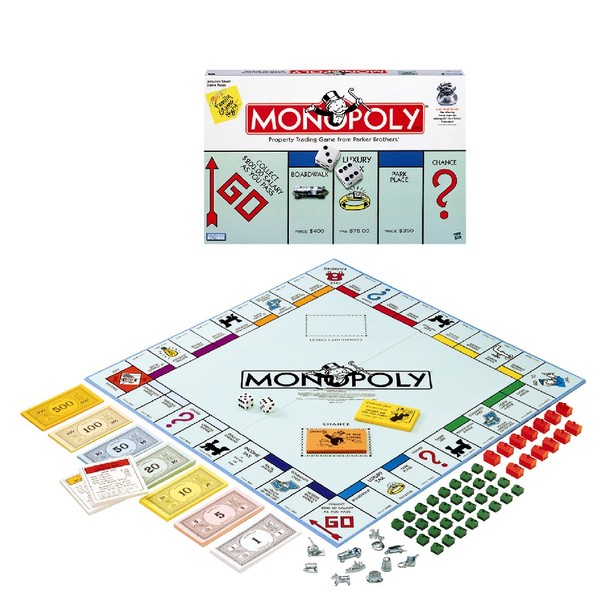
This traditionalism has, in many ways, served the industry well. Years of honing concepts, evolving ideas, and developing genres has led to a steady trend upward in quality across nearly every facet of game development. It’s this evolution from early ideas, this adherence to what works, that has allowed video games to come so far in such a short time.
It is vital to point out that the key concept here is evolution, not stagnation. If we had simply churned out the same games over and over again, video games wouldn’t even exist today. People would have gotten tired of them many years ago. In fact, this overabundance of familiarity was one of the causes of the video game crash in the early 1980s. Nintendo’s rigid dominance and smart marketing techniques managed to lead us out of that creative black hole, partly by tightly clamping down on the number of games developers were allowed to release so as to avoid the mountains of shovelware that had piled up on shelves thanks to careless, greedy Atari executives.
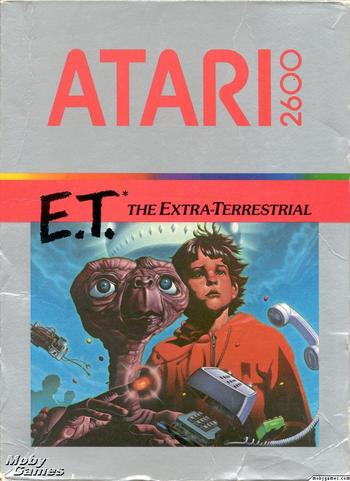
Thankfully, the sort of domineering control that was required by Nintendo to save the industry then is not required to keep developers in line now. We have learned that an influx of creativity and a focus on quality control are essential to the survival of the industry. It says a lot that even the mediocre titles on sale today, of which there are sadly still no shortage, are a good bit less broken on the whole than what was pushed on hapless gamers in previous generations.
The progress made by the industry over the years highlights all the more clearly that which refuses to change. One genre in particular clings steadfastly to tradition as if it were the very lifeline of the games it produces; as if, without it, the developers would simply be clueless as to what else to do and the entire genre would disappear in a puff of smoke.
Japanese role-playing games, or JRPGs, have become defined by such a narrow set of traits and conventions that they are increasingly irrelevant to the modern gaming scene. They continue to please a large contingent of core fans, but they do not innovate and do little to draw in new players.
This is truly a shame, as many long-time gamers cut their teeth as youngsters on JRPGs. I remember playing through the now rather laughable Final Fantasy Mystic Quest with a friend many moons ago. We marveled at its depth and scope, spending seemingly ages completing the massive title. Of course, I now know that wasn’t even a particularly great example of what the genre can do. Perhaps gamers that managed to play JRPGs that were actually worth a damn back in the day would have formed an even stronger attachment to the genre, but that’s irrelevant to my point.
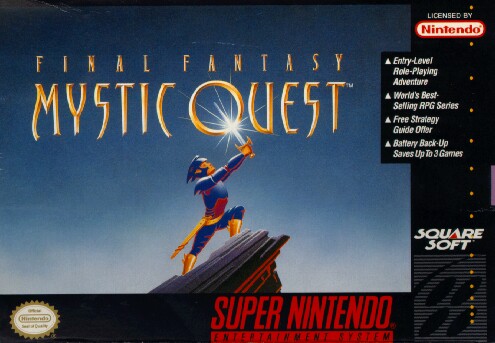
JRPGs were a vital force in establishing the importance of story and scope in interactive gaming. Their massive worlds and comparatively complex story lines immersed countless gamers around the world. The sway they held over much of the industry was immense and surely helped in part to lead the way to the modern gaming landscape, where stories are increasingly crucial and scope can sell millions.
I don’t hold the genre as close to my heart as many, but even I find it sad that the venerable JRPG has played almost no part in shaping the course of gaming in the last decade or so. It would seem that after the considerable success of Final Fantasy VII, surely one of the most influential JRPGs of all time, the entire genre has contented itself with chasing its own tail and doing the same thing ad nauseam, only now coated with substantially shinier paint.
It is entirely possible to create a game that adheres to key rules of the past while remaining relevant to a modern mindset. One only need look at the recent example of Donkey Kong Country Returns. Every facet of that game is designed to appeal to those who grew up playing the original Donkey Kong Country games over a decade ago, yet through certain small, vital tweaks, the 2010 sequel manages to maintain the design philosophies of old and combine them with just enough of the accessibility and user-friendliness of a modern title to make it work in today’s market.
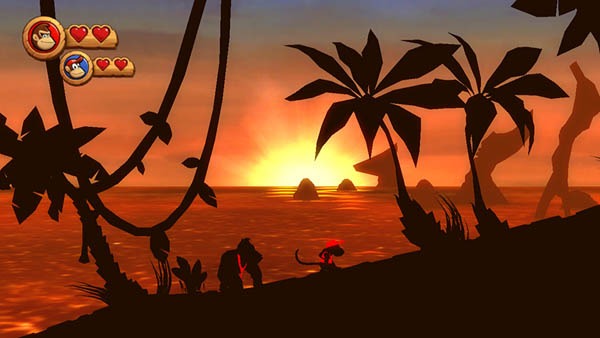
What I think is most important about DKC Returns is that it proves you don’t need to change all that much to make the old ways seem new again. You don’t need to throw away the basis of what made the original games fun so many years ago, only tweak it and adapt it. Donkey Kong’s latest outing is no less challenging than its SNES peers, and in fact uses many of the same level design tricks, yet it works to great effect. We’re not talking about a sea change, only subtle evolution to keep up with the times. Sadly, this is something JRPGs still seem to be immune to.
There are countless aspects of JRPG design that exist seemingly only because they’ve always been that way and it’s easier not to change. Take the relatively simple example of saving your progress. Nearly every JRPG is still tied to the archaic and unnecessary system of save points, which creates artificial tension, unnecessarily increases difficulty, and makes the genre less accessible to those who don’t have hours on end to devote to a game. Today’s gamers want to stop and go as they please, and rightfully so.
Considering that story is so vital to the success of a JRPG, why is it that the presentation of dialog hasn’t evolved since the SNES days? Most feature shiny cutscenes and voiced dialog now, sure. These things are welcome advancements, but what about your regular conversations? Mass Effect 2 has dramatic camera angles, detailed character animation, and careful lip syncing. JRPGs usually feature a pulled-back camera, a couple of disembodied torsos, and dialog boxes. It’s detached and impersonal, doing absolutely nothing to sell the importance of what’s going on or give you a better look at the characters. It’s not necessary to adopt the western fascination with choice and non-linearity. Linear stories are a hallmark of Japanese role-playing design and I don’t see why that needs to change, but this cookie-cutter presentation has to end. It does the stories a huge disservice.
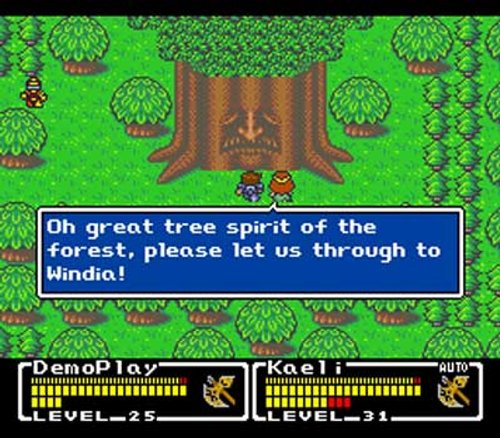
From 1992
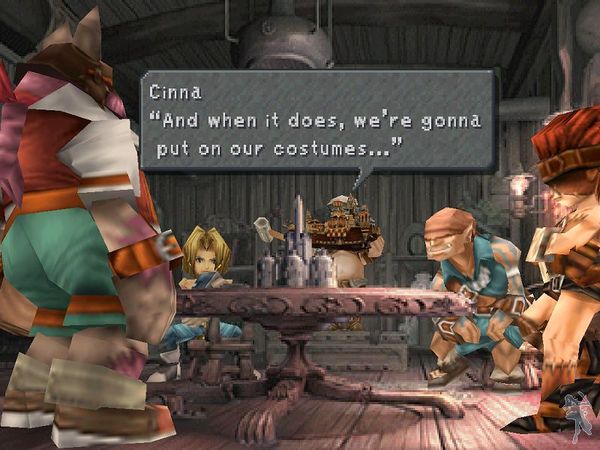
to 2000
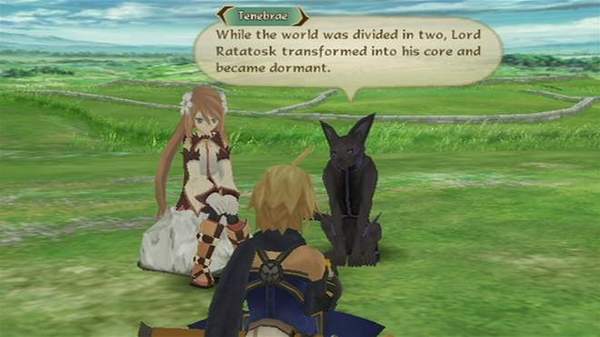
to 2008 and beyond, JRPGs haven’t come as far as you might have hoped.
As long as we’re on the subject of the stories, they too need updating. JRPGs seem overly fond of cliches and recognizable stereotypes. I’ve saved the world as an unwilling boy from a small town who has been called upon to fulfill his destiny one too many times. Why not try something new? How about introducing characters not cut from familiar molds? Why not focus the story on something more intimate than a world-spanning adventure to defeat some ancient evil? You don’t have to save the world to tell an epic story; something totally lost on JRPGs.
Finally, JRPGs need to end their statistical obsession. Leveling up, gaining skills, and becoming more powerful is key to the draw of any RPG, but number crunching needn’t be the driving force of the game. For too long, Japanese titles have treated the story as secondary. Instead of leading players with a compelling tale, they force them to grind endless mobs of repetitive enemies in a never-ending quest to reach some arbitrary level number required to defeat a powerful boss placed there specifically to halt progress until their stats are deemed worthy. Grinding is filler. Filler is not fun. JRPGs are long enough even without grinding to be sufficiently satisfying. Moving ever forward on an epic quest in a JRPG can be immensely gratifying and hours of mindless battling simply destroys the otherwise satisfying pace. These walls of difficulty also spell doom for the chances of many busy gamers to finish at all. Today’s average gamer is busier and older than he used to be. Developers need to recognize this and tweak their games accordingly. It’s time these developers learned proper pacing and made sure players level up sufficiently through the natural course of the game.
I could go on, but my purpose here isn’t to detail everything that’s wrong with JRPGs. Instead, I hope that I have demonstrated how the genre can maintain that vital core of epic adventuring that makes the titles so compelling while tweaking only peripheral elements to make them relevant and modern once again. It is depressing that a once great force in the industry has become such a dusty relic. This genre still holds great potential and it deserves to be more than a home for the nostalgic and a butt of jokes making fun of how little they’ve changed.
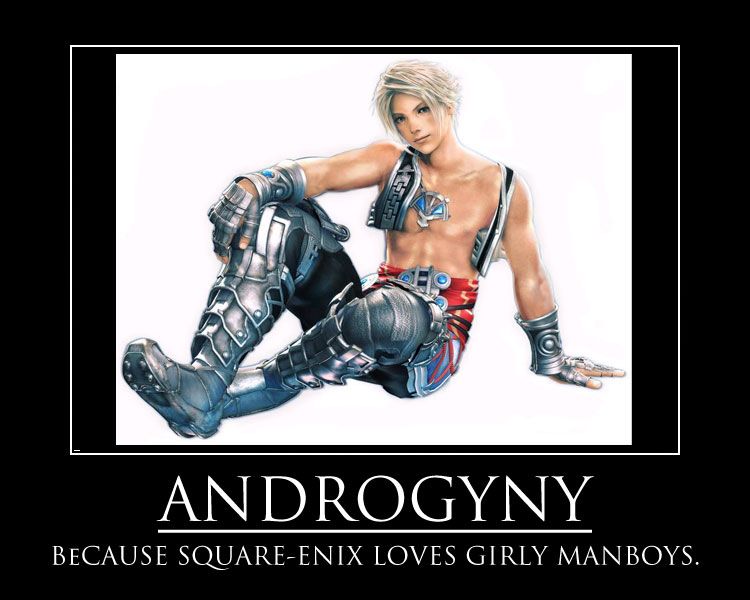
I am a potential customer waiting to be swayed. Street Fighter IV modernized the stagnant fighting game genre and made it interesting to even my modernist tendencies. Civilization V looks to have done the same with the strategy genre. Donkey Kong Country Returns and Super Meat Boy have done it with the old school, hyper-difficult platformer. The shelves are littered with examples of games that have managed to make the old new again; titles that have brought new life into what was once thought outdated and unimportant. The lack of compelling JRPGs on current generation consoles and the growing pains demonstrated by the controversial changes made to Final Fantasy XIII prove that JRPGs are in need of a strong kick in the pants. It’s time the genre took a journey of its own, down a path to modernity, lest it wither away into increasing obscurity as other games steal its key strengths and implement them better.
Some of the greatest minds in the industry work on JRPGs, or have in the past. The genre has a storied legacy. Japanese developers have clearly lost their way, but it isn’t too late. With a little work and creativity, surely the genre can get back on track and avoid the sad fate that now awaits them. And perhaps, someday in the distant future, I’ll play a modern JRPG that finally wins me over and ends my turbulent relationship with the genre.
Here’s hoping.